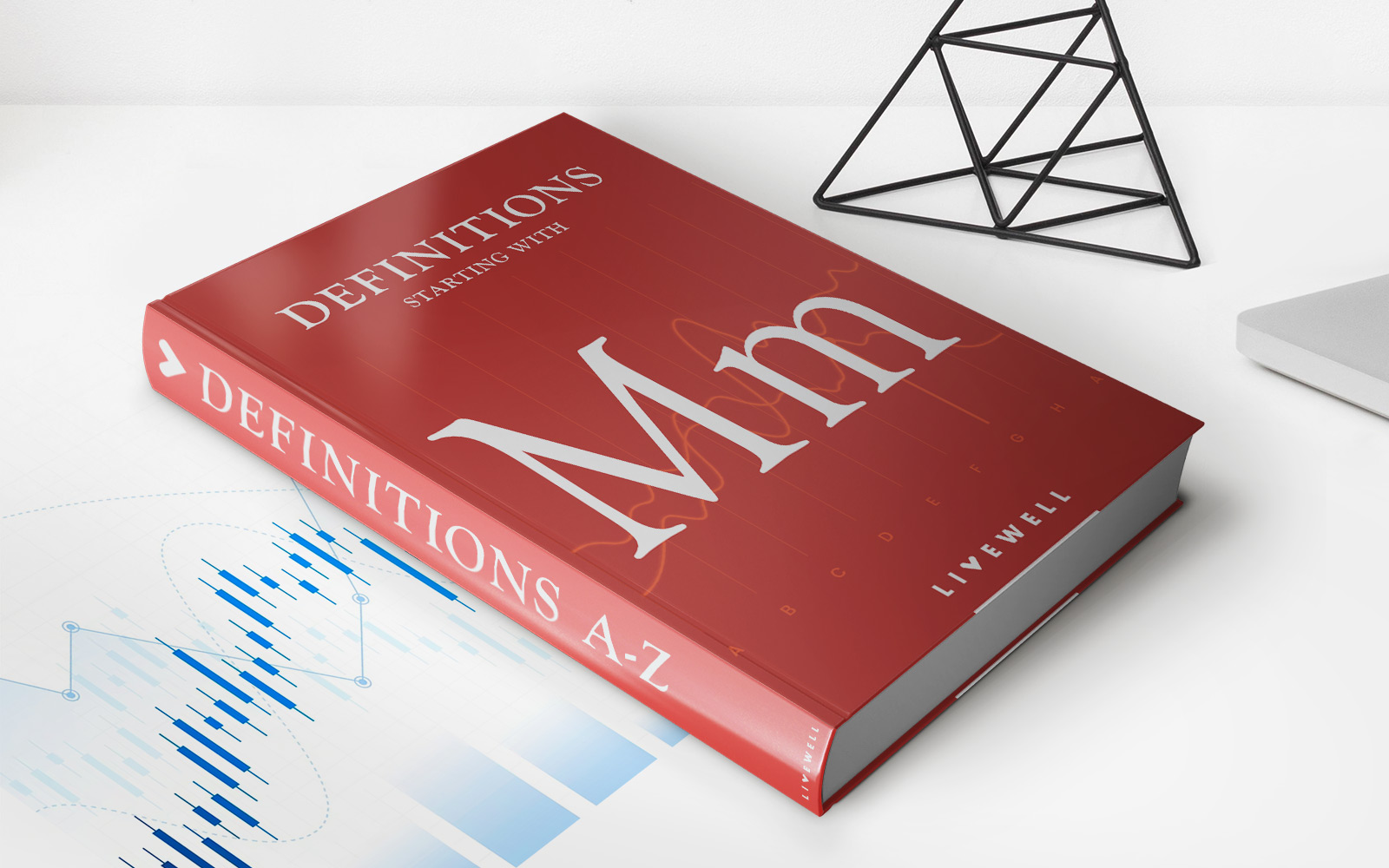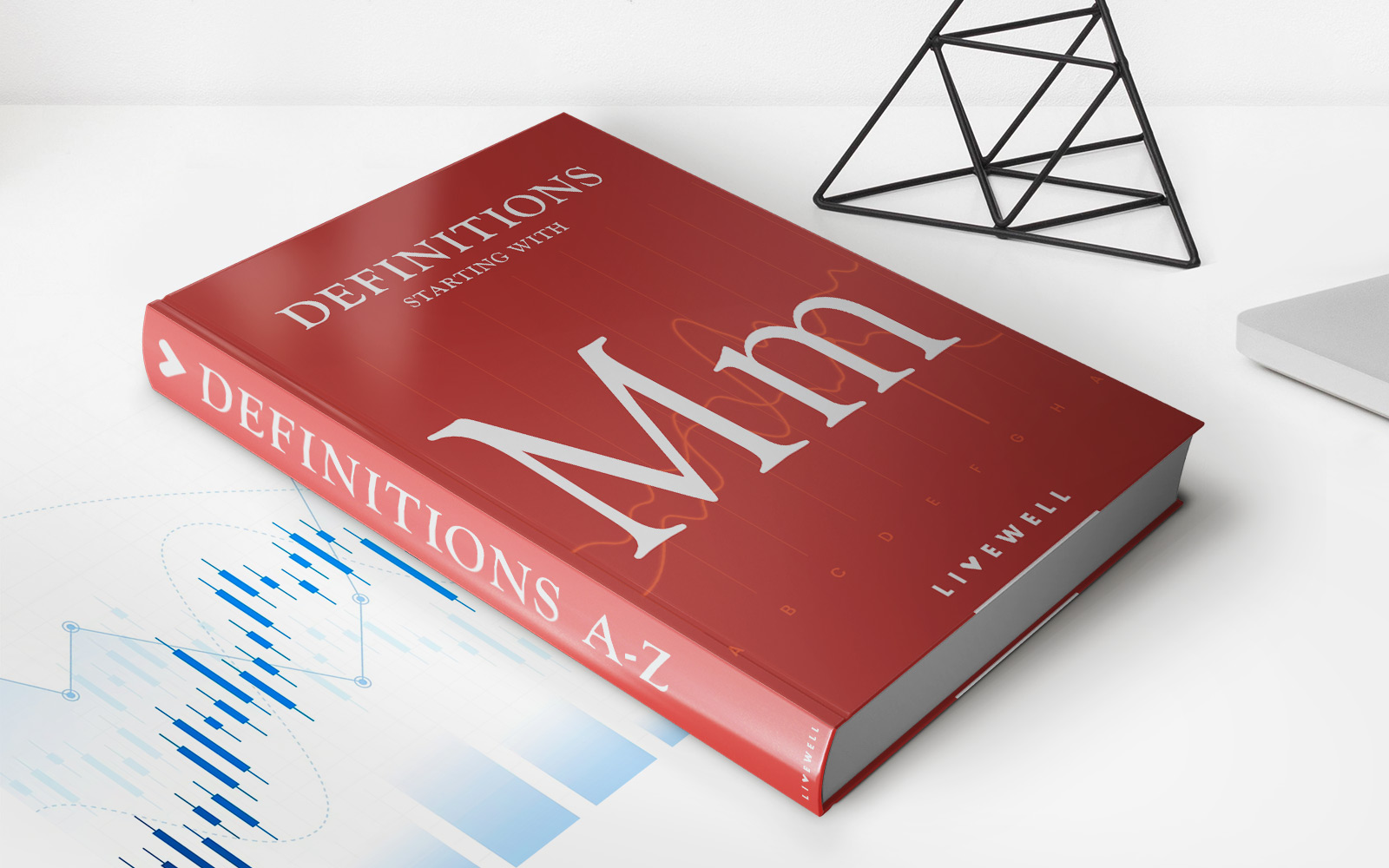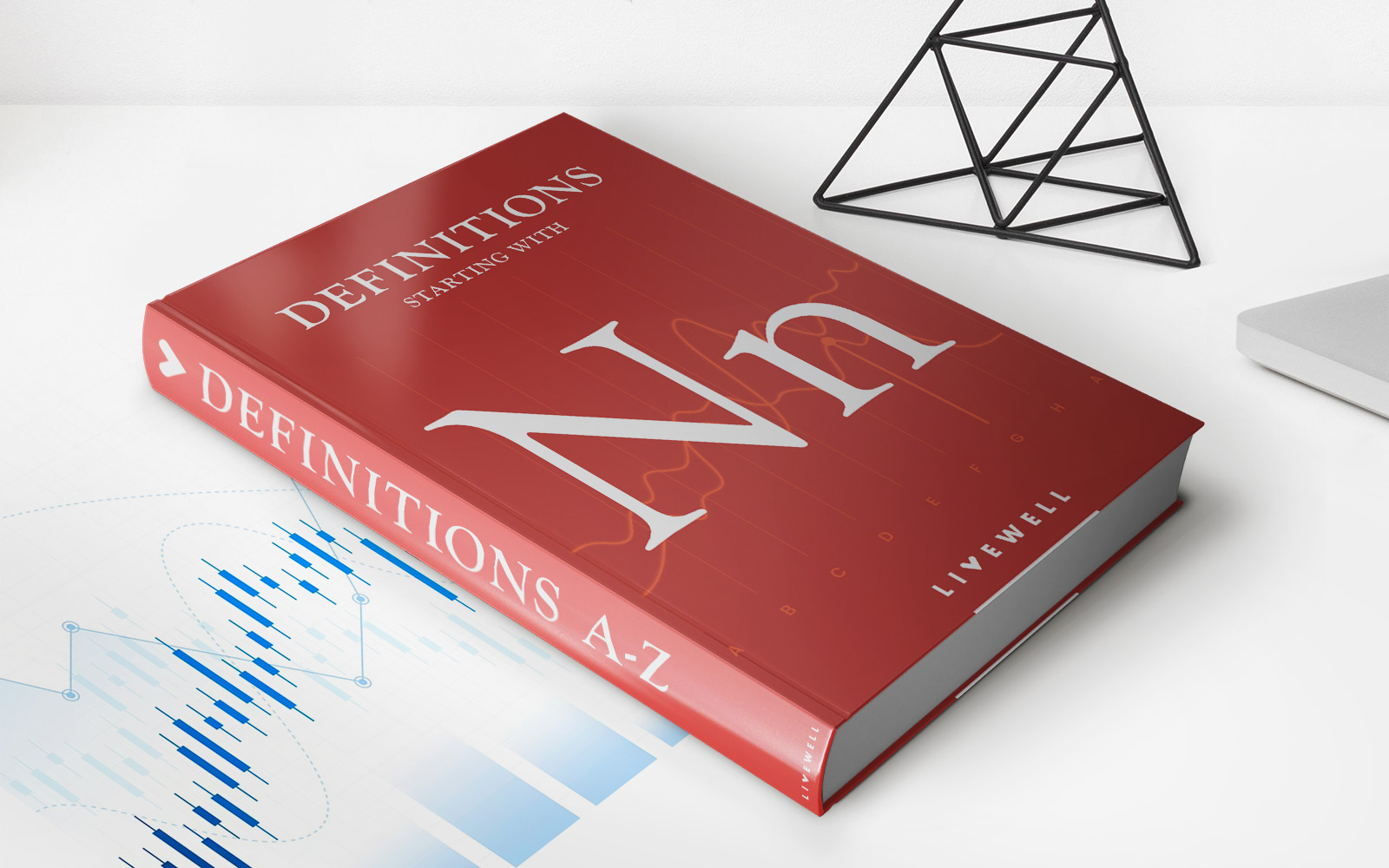Home>Finance>JPY (Japanese Yen): Definition, Symbol, History, Trading


Finance
JPY (Japanese Yen): Definition, Symbol, History, Trading
Published: December 14, 2023
Learn about JPY (Japanese Yen) in finance: definition, symbol, history, and trading. Gain insights into the world of finance with our comprehensive guide.
(Many of the links in this article redirect to a specific reviewed product. Your purchase of these products through affiliate links helps to generate commission for LiveWell, at no extra cost. Learn more)
JPY (Japanese Yen): Definition, Symbol, History, Trading
Are you interested in learning more about the Japanese Yen (JPY)? Look no further! In this blog post, we will delve into the definition, symbol, history, and trading of the JPY. Whether you’re a finance enthusiast, a traveler planning to visit Japan, or an investor looking to diversify your portfolio, understanding the Japanese Yen is a valuable skill.
Key Takeaways:
- The JPY is the official currency of Japan and is widely traded in the foreign exchange market.
- The JPY symbol is ¥, which represents the Yen’s unit of currency.
What is the Japanese Yen (JPY)?
The Japanese Yen, denoted by the currency code JPY, is the official currency of Japan. It has a rich history and plays a significant role in the global economy as one of the major currencies in the foreign exchange market.
Here are two key takeaways about the Japanese Yen:
- The JPY is known for its stability and safe-haven status, making it attractive to investors during times of global economic uncertainty.
- Japan has an export-oriented economy, and as a result, the value of the JPY can be influenced by factors such as trade balances and import/export data.
Symbol and History
The symbol for the Japanese Yen is ¥, which represents the Yen’s unit of currency. The origin of the symbol is believed to come from the Japanese writing system, where the symbol for yen (円) is derived from the Chinese symbol for the round shape.
The history of the Japanese Yen dates back to the 19th century when it was introduced as the official currency of Japan during the Meiji Restoration. Over the years, the JPY has undergone various changes, including shifts in value and exchange rate regimes.
Trading the Japanese Yen
The Japanese Yen is one of the most actively traded currencies in the foreign exchange market due to Japan’s strong economy and its position as a leading exporter. Traders and investors often trade the JPY as part of currency pairs, such as USD/JPY or EUR/JPY.
Understanding the factors that influence the JPY’s value is essential for effective trading. Some key factors to consider include monetary policy decisions by the Bank of Japan, economic indicators like GDP and inflation, as well as global geopolitical events that can impact currency markets.
When trading the JPY, it’s important to keep an eye on market news and utilize technical analysis tools to identify potential trading opportunities. Additionally, risk management strategies should always be employed to mitigate potential losses.
Conclusion
The Japanese Yen (JPY) is a significant currency in the global financial landscape. It offers stability, historical significance, and liquidity in the foreign exchange market. Whether you’re a finance professional, traveler, or investor, understanding the Japanese Yen is beneficial in various contexts.
So, next time you come across the JPY symbol (¥) or hear about its movements in the currency market, you’ll have a better understanding of what it represents and how it influences global finance.














